When the new coronavirus arrived in West Michigan, it met a blank slate of immune systems.
No one had encountered the virus, so no one had developed antibodies to fight it.
But as the virus spread, droplet by droplet, the Black and Latino communities proved to be especially vulnerable.
They were more likely to develop COVID-19, the disease caused by the coronavirus, and more likely to suffer severe, life-threatening illness.
The stark racial and ethnic disparities with COVID-19 highlight inequities that have long been entrenched in our community, Spectrum Health providers say.
“It’s heartbreaking,” said TaLawnda Bragg, MD, a Spectrum Health internal medicine specialist and the director of the internal medicine residency program. “It showed how vulnerable we are. You can always see how strong the foundation of a house is when a storm comes.”
And the health foundation for people of color in West Michigan is hampered by longstanding social and economic inequities— higher rates of poverty and homelessness, as well as less access to health care, health insurance, transportation, housing and safe living environments.
“In order for us to really change, it’s going to take people clearing the fog and looking at the real issues,” Dr. Bragg said.
And that includes addressing systemic racism and its affect on health.
“That’s going to feel uncomfortable for everybody,” Dr. Bragg said. “But if we don’t acknowledge that, how can we ever move forward?”
In Kent County, the Black or African American community accounts for 18% of COVID-19 cases, while comprising only 11% of the population, according to the Kent County Health Department.
Latinos or Hispanics account for 35% of cases but make up only 11% of the population.
And the disease exacts a far deadlier toll in Black and Latino communities.
Their death rates are higher across all age categories, according to national data from the Centers for Disease Control and Prevention.
The gap looms especially wide in middle age. For those aged 45-54, death rates for Black people and Latinos are at least six times higher than for whites, according to a report by the Brookings Institute.
Tracing the risk factors
A number of factors contribute to the higher rates of illness and the severity of illness.
“There’s already so many underlying issues with people having (existing health conditions). The rates of high blood pressure, diabetes, heart disease and obesity are way higher,” said Gladys Pico-Gleason, a nurse care manager for Spectrum Health Healthier Communities. “All those are proven to be risk factors for having a more severe case of COVID-19.”
And those higher rates of chronic disease are tied to structural conditions in society.
“The reality is that generations of racism have made it so people don’t have the same access to health care, to education, to safe living conditions,” Pico-Gleason said.
Economic conditions also make social distancing challenging and increase potential exposure.
Pico works with More Life Mas Vida, a Healthier Communities program that serves predominantly Black and Latino residents. Many of them continued to work outside the home, often in jobs that required interaction with the public, as health officials urged people to stay home.
“A lot of our clients are essential workers, so they don’t have the luxury—that some of us have—of being able to work from home,” Pico-Gleason said.
Others lost jobs with the economic downturn. And with food pantries closed temporarily, securing food became more difficult.
“Many of our clients already were food-insecure before COVID-19. While people were hoarding food, they did not have the opportunity to do that,” Pico-Gleason said.
Living conditions also contributed to the spread of the virus.
“It’s not uncommon to have multiple families in one housing unit,” Dr. Bragg said. “So, self-isolation is not very easy.”
And that can influence the decision to seek testing for the virus.
“We have some people saying, ‘I know I don’t have space to completely isolate myself. What is this test really going to do for me?’” said Tania Bermejo, the supervisor of community programs for Healthier Communities.
Cultural barriers
Social distancing, recommended to prevent transmission of the virus, clashes with cultural norms in close-knit communities.
For in the Black community, “It is a big deal for us not to meet for church or to gather,” Dr. Bragg said. “We gather to celebrate, to mourn, to love. We gather when we are afraid and when we are happy.”
The same holds true for many Latino families, Bermejo said.
“Sometimes social distancing can be hard because the concept of being away from your family when you are sick is a little insensitive,” she said. “Who is going to take care of you if you are distanced from everybody?”
In the early days of the pandemic, language barriers prevented some residents from learning about the spread of the disease and steps to prevent transmission.
Reaching out
Spectrum Health doctors and nurses worked with Kent County on grassroots initiatives to get the word out, Dr. Bragg said. They worked with pastors to help deliver information about the virus to Black and Latino communities.
“Many people are going to trust a pastor to deliver information more than somebody they don’t know in Lansing or an authoritative figure from the health department,” Dr. Bragg said.
Spectrum Health also provides its COVID-19 informational website in both English and Spanish. Other informational materials such as videos are available in the six languages most requested for translation and interpreting: Spanish, Vietnamese, Kinyarwanda, Burmese, Swahili and American Sign Language.
Healthier Communities has reached out to residents in the ZIP codes hardest hit by the coronavirus, connecting them to testing and treatment, Bermejo said.
Team members conducted COVID-19 screening over the phone, provided access to iPads and assistance to bridge technology gaps, and screened for depression and anxiety. They also asked about other factors that affect health, such as housing and health insurance.
Some may avoid testing because they worry about how they will pay for medical care if they test positive.
“One of the big questions we ask is if they need a financial counselor,” Bermejo said. “If people don’t have insurance and need to apply for emergency Medicaid, we connect them to the system.”
Healthier Communities also delivered 1,800 care kits, which included face masks, hand sanitizer, soap and other personal care products.
A broad approach
All the factors driving COVID-19 rates also affect other health inequities, such as differences in infant mortality rates, cardiovascular disease and life expectancy.
“The fact is you can’t talk about COVID-19 and how it affects black and brown communities without talking about health care disparities and other issues,” Dr. Bragg said.
Minorities in West Michigan are more likely to live in neighborhoods with more pollution, congestion and lacking in access to grocery stores with healthy food options.
“There are not as many walkable neighborhoods,” Pico-Gleason said. “They don’t have the open spaces as you do in other neighborhoods.”
When Michigan began its stay home, stay safe policy to curb the transmission of the coronavirus, many families didn’t have the option to send their kids to the backyard to play.
“There were some community members telling us their apartment complexes said kids could not play in common areas, even on the sidewalks,’ Pico-Gleason said. “Not being able to access outdoor activities affects your mental health. You are really, really trapped inside a home.”
Underlying all the health issues is the traumatic stress caused by racism, Pico-Gleason added. A long-term increase in stress hormones, such as cortisol, is linked to high blood pressure, insulin resistance, cardiovascular disease, as well as mental health issues such as anxiety and depression.
The complexity of factors behind health discrepancies means that addressing them requires structural change across society, Dr. Bragg said.
But first, hard questions must be asked about the racial and ethnic disparities in health and life expectancy.
“It will take a come-to-Jesus moment where we have to be honest about why some of these disparities exist,” Dr. Bragg said. “As a country, the fact that racism exists is denied by many in power in our country. We are still fighting that fight.”
However, she sees hope in the growing awareness, at institutions and in society, raised by COVID-19 and the Black Lives Matter movement.
“I think people are more contemplative and introspective,” she said. “Now there is a hunger to have these conversations, a hunger to learn more.”
As an example of concrete change, she cited Spectrum Health’s commitment to boost efforts to address racial and ethnic disparities. The health system will dedicate an additional 40% to improve health equity, a total commitment of at least $100 million in the next 10 years.
The solution will lie in a broad, public health approach, which encompasses improved access to health care and an increased emphasis on improving health, rather than simply treating illness, Bermejo said.
“I have never seen such an elevation of importance for this. I am very, very excited about it. I think this is a really good pivot time, that will lead to a more holistic approach.”

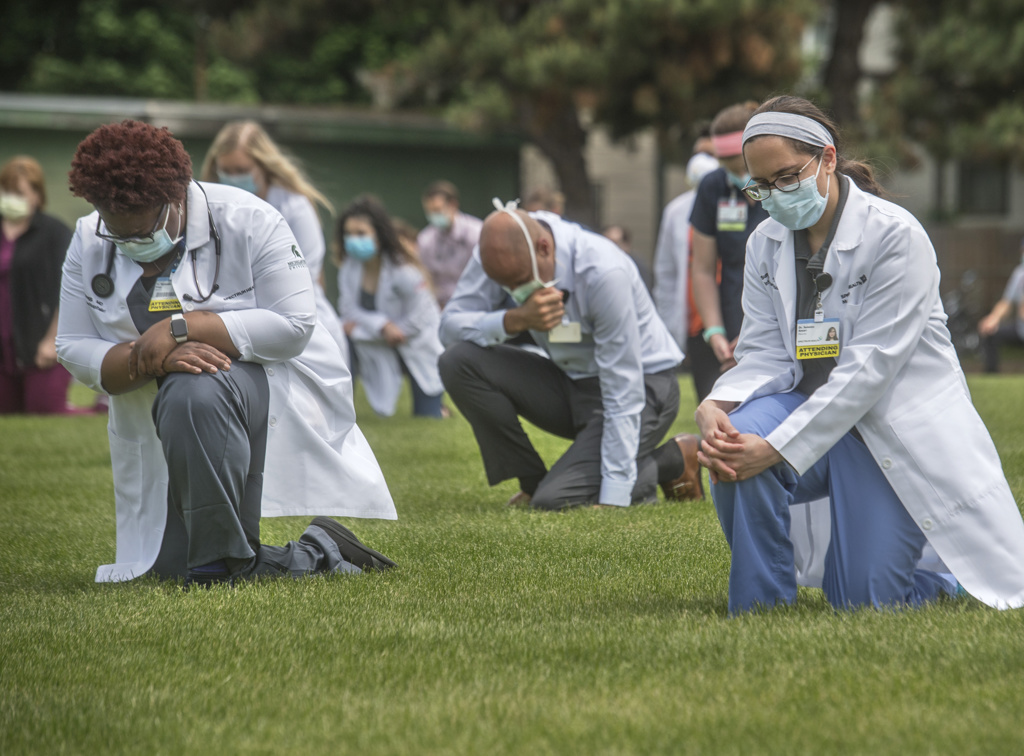

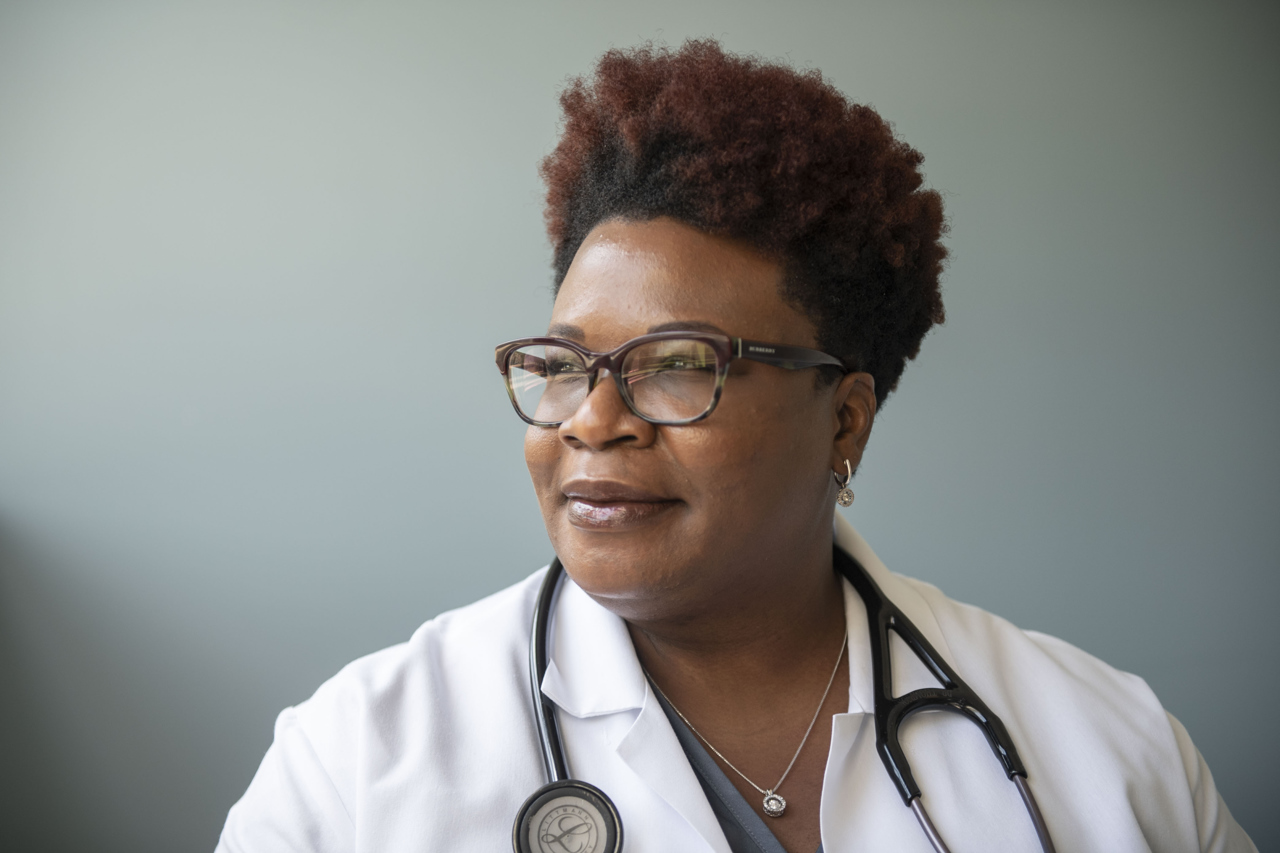


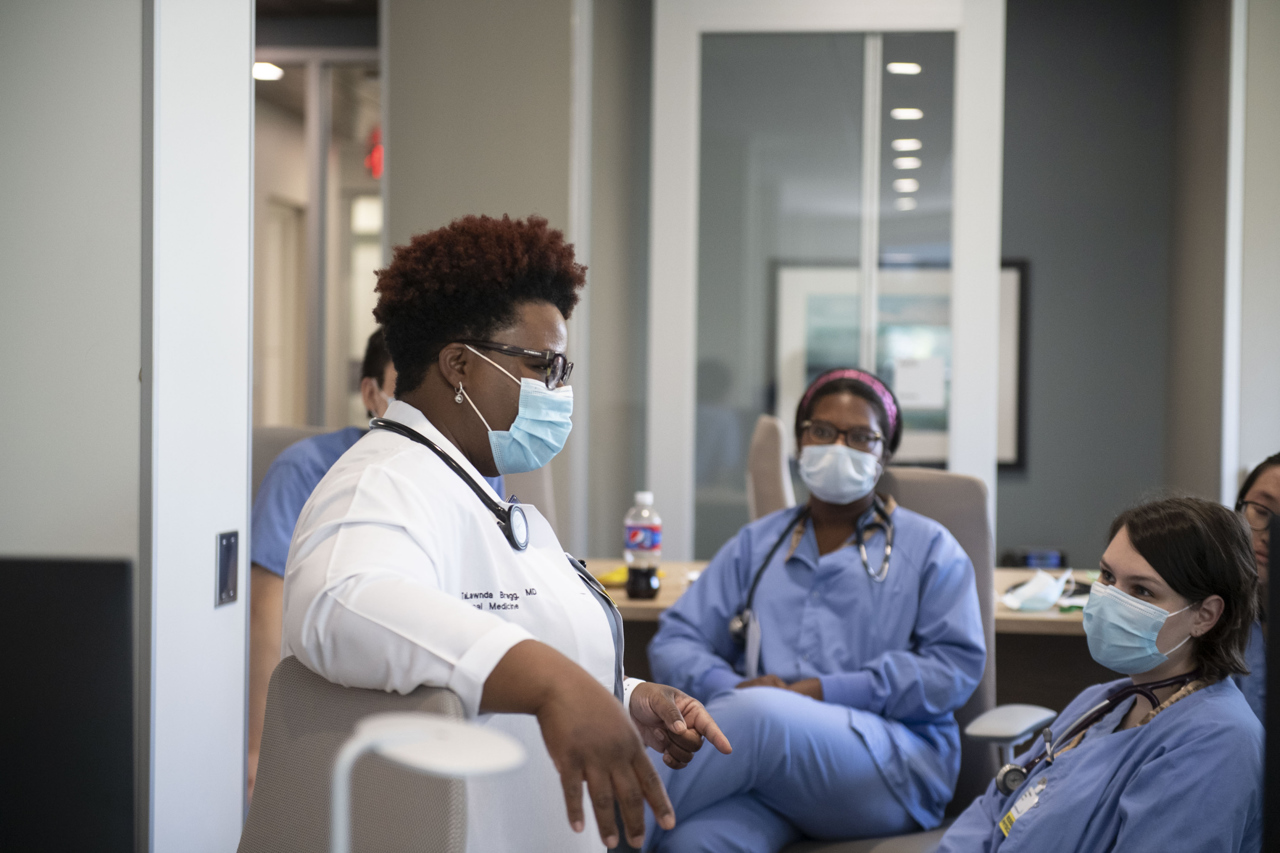


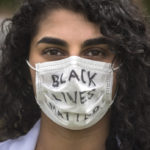


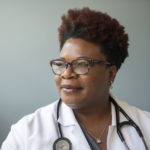

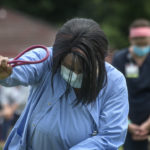




 /a>
/a>
 /a>
/a>
 /a>
/a>
Fantastic article. Great and insightful information presented by Dr Bragg. Thank you
Thank you Dr. TaLawnda, Gloria, Tania and HealthBeat for bringing attention to this critical issue of racial inequities. We must continue to raise awareness of the existence and impact of racism and take steps to dismantle racist structures. Keep up the good work!
Very insightful. Thank you.